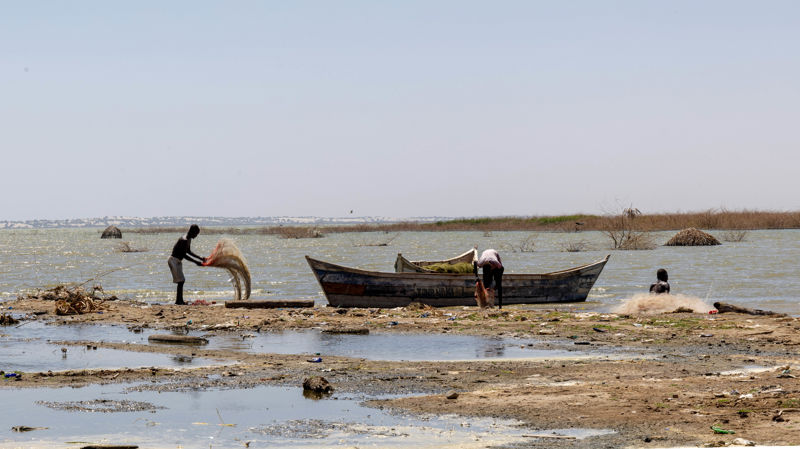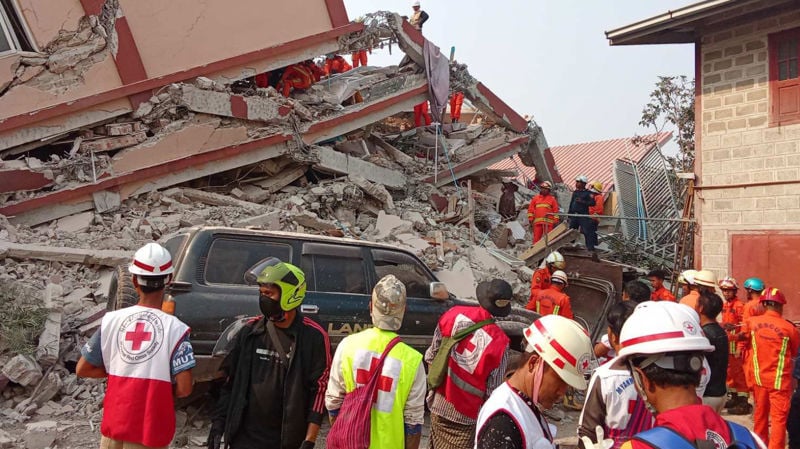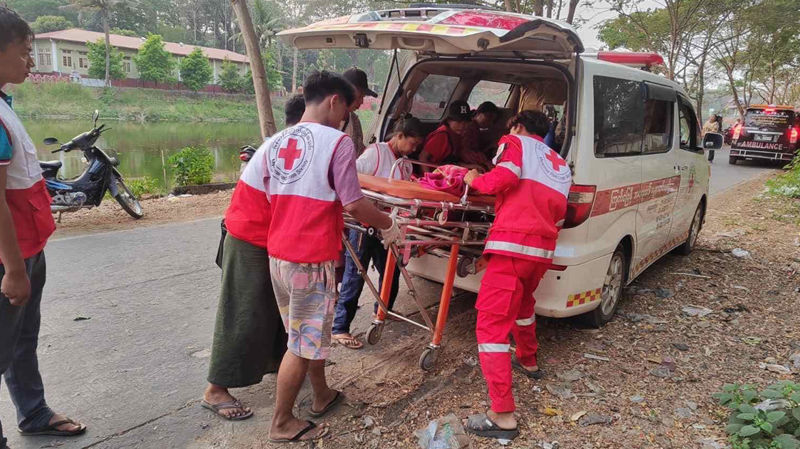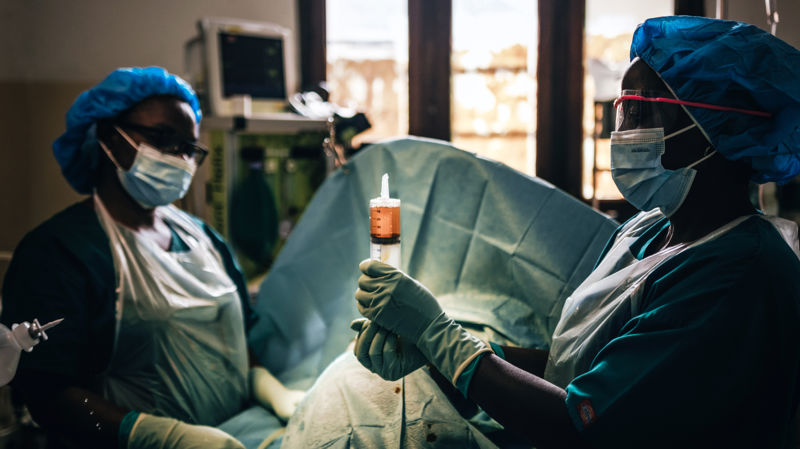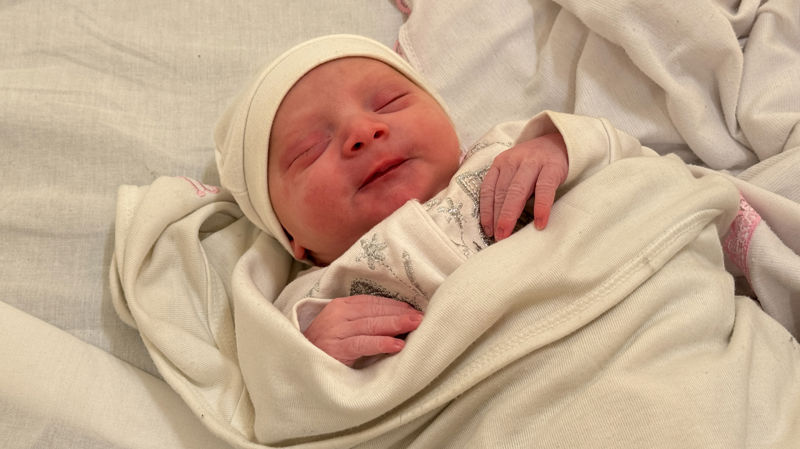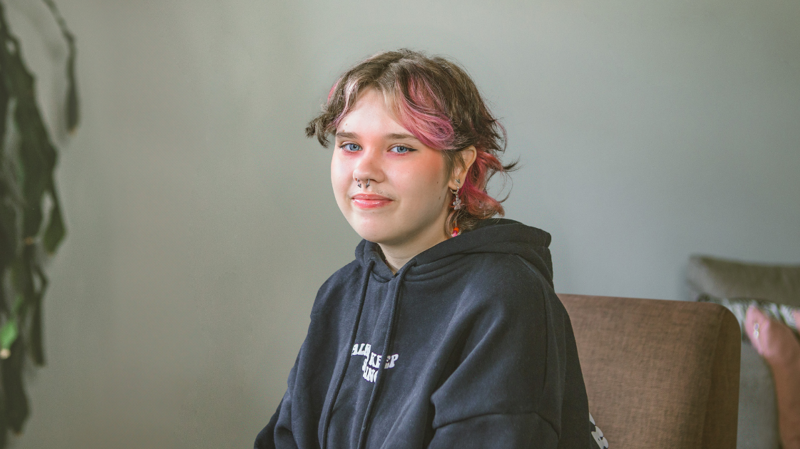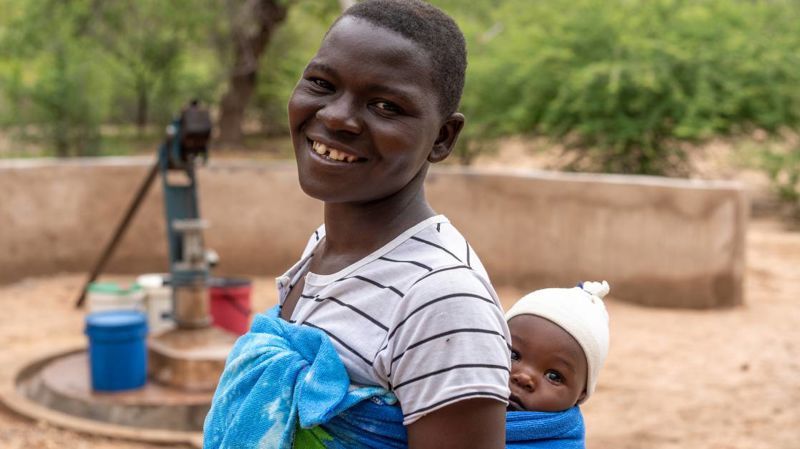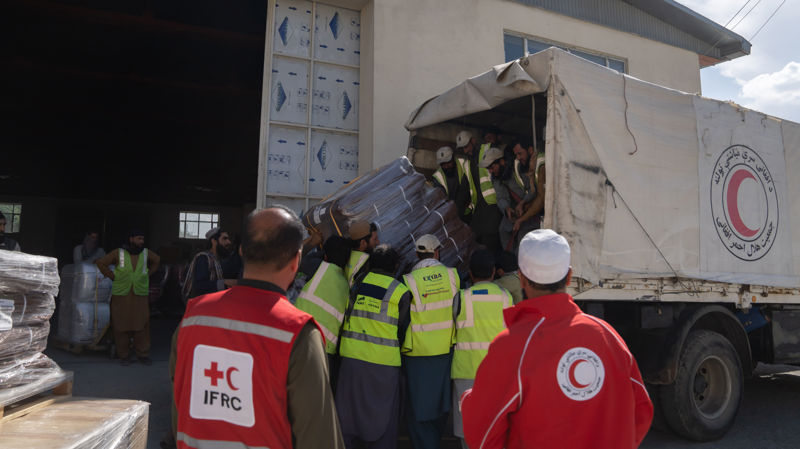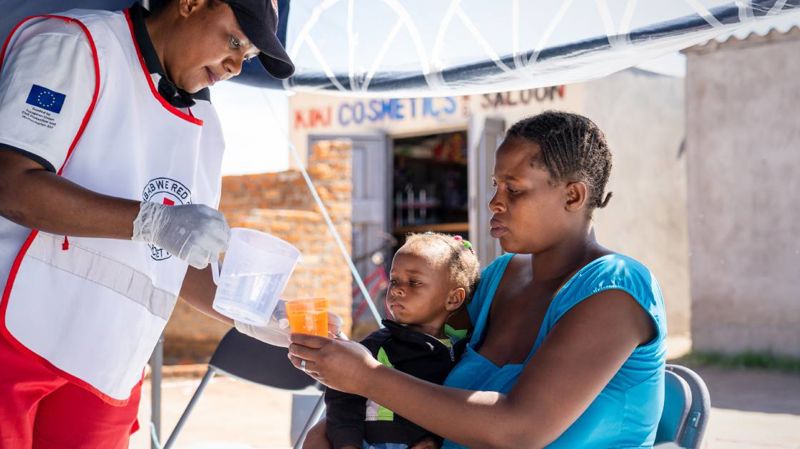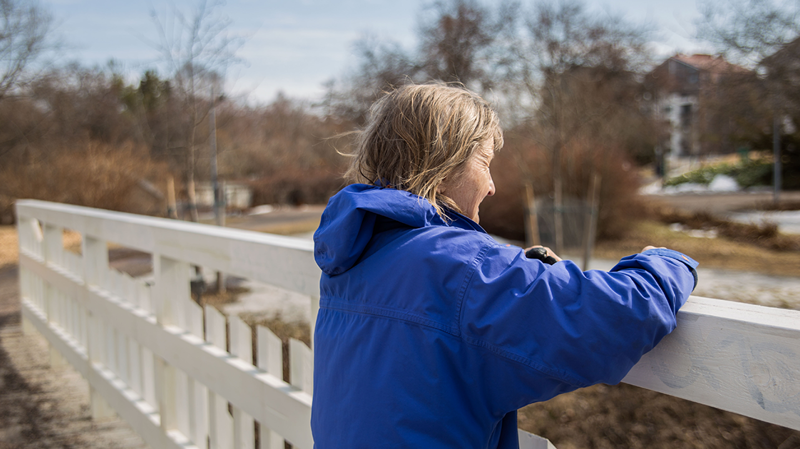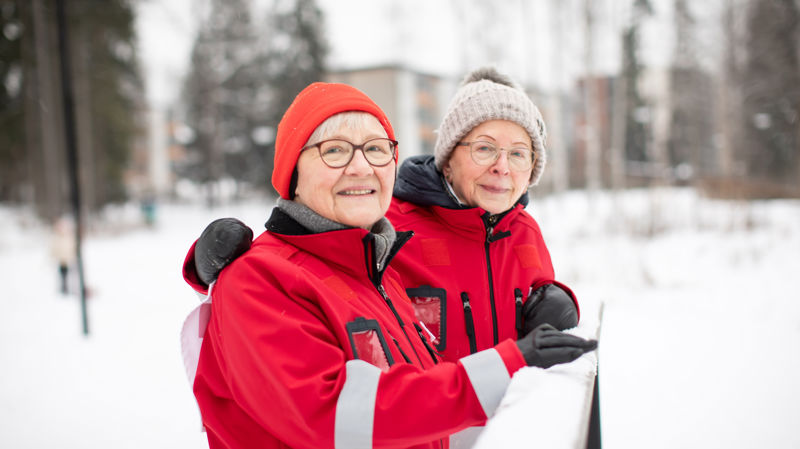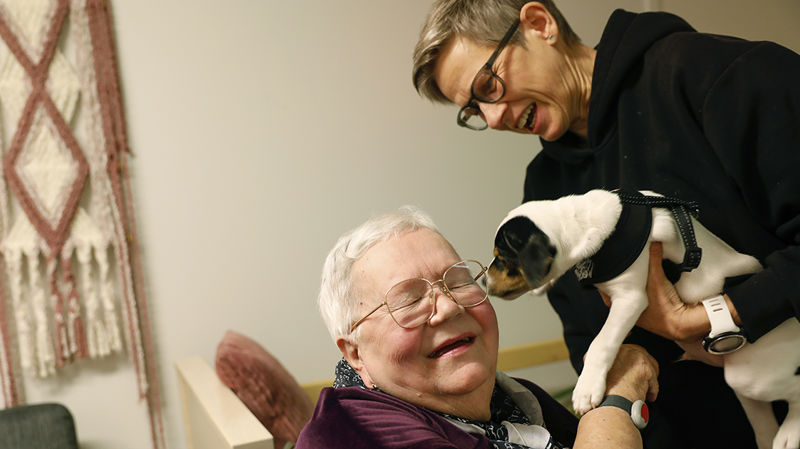Donations are used for aid work

By donating, you help those most in need in Finland and around the world.
A donation made to the Red Cross means effective aid for those most at risk. As a donor, you are an important link in the chain of aid – aid would not be possible without donors. Even a small sum of money can be crucial to another person’s life amidst a crisis or disaster.
You can choose to donate to
- the Disaster Relief Fund or
- help in Finland.
You can be sure that your donation reaches its target. At least 80 cents from each euro donated are directed towards an aid operation, and administrative costs take up a maximum of 20 per cent of your donation.
Emergency aid in the midst of a disaster
The Disaster Relief Fund helps people in the most urgent cases of distress. The funds are not tied to any particular operation, but are always targeted where aid is needed the most. People who have lost their homes in a hurricane, escaped the horrors of war or suffered hunger due to drought can receive shelter, health care, food and clean water.
In Finland, the Disaster Relief Fund helps e.g. people who have lost their homes in fires.
Safety net for everyone living in Finland
A donation to our activities in Finland enables Red Cross volunteers to provide help all over Finland every day of the year. Our volunteers help in accidents, support during crises, distribute food aid and care for those living alone under exceptional circumstances. We use the donated funds to train, support and equip volunteers.
Friend to someone lonely
By donating, you are supporting important work in tackling loneliness in Finland. With the donated funds we train volunteer friends for people in need of company. The volunteer friend can be someone to talk to, someone who helps with errands or someone who joins you for a jog. Thoughts can be exchanged and anonymous discussions had with online friends via email messages or discussion applications.
Discussion support and a safe place to spend the night for young people
Finnish Red Cross Youth Shelters offer young people and their families help with everyday challenges and conflicts. People can come to the shelter without a referral whenever facing problems large or small. Thanks to our donors, young people receive online and face-to-face discussion support, temporary accommodation, help fixing their sleep patterns and support in becoming independent.
Stories of help

